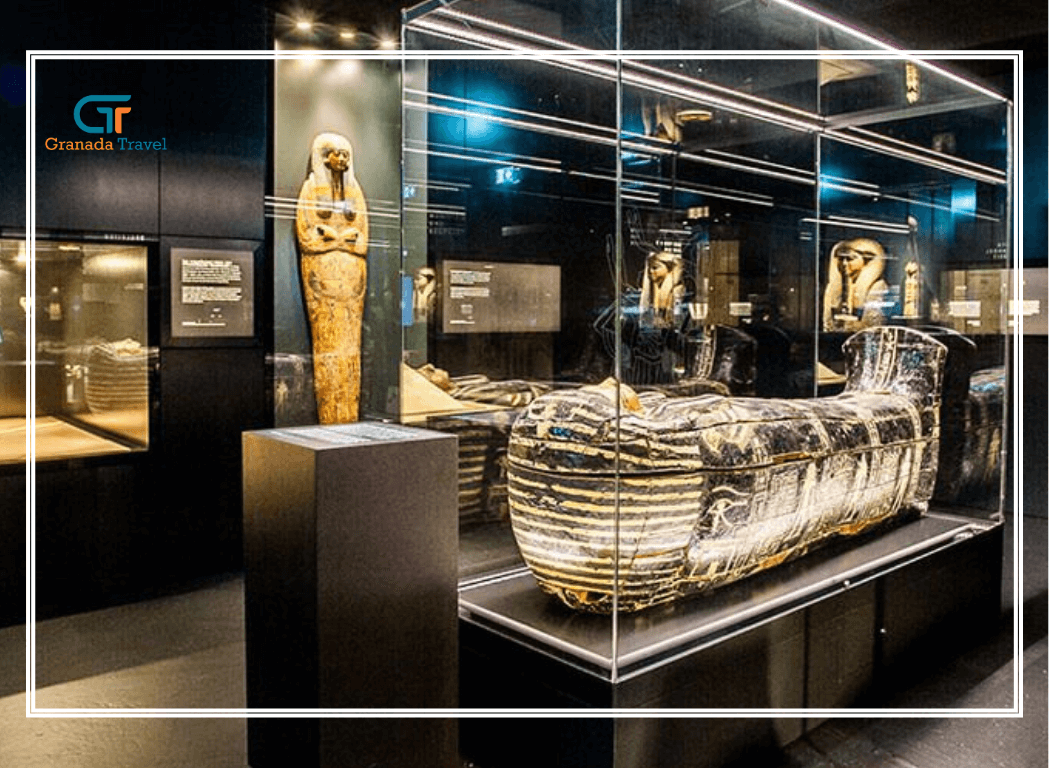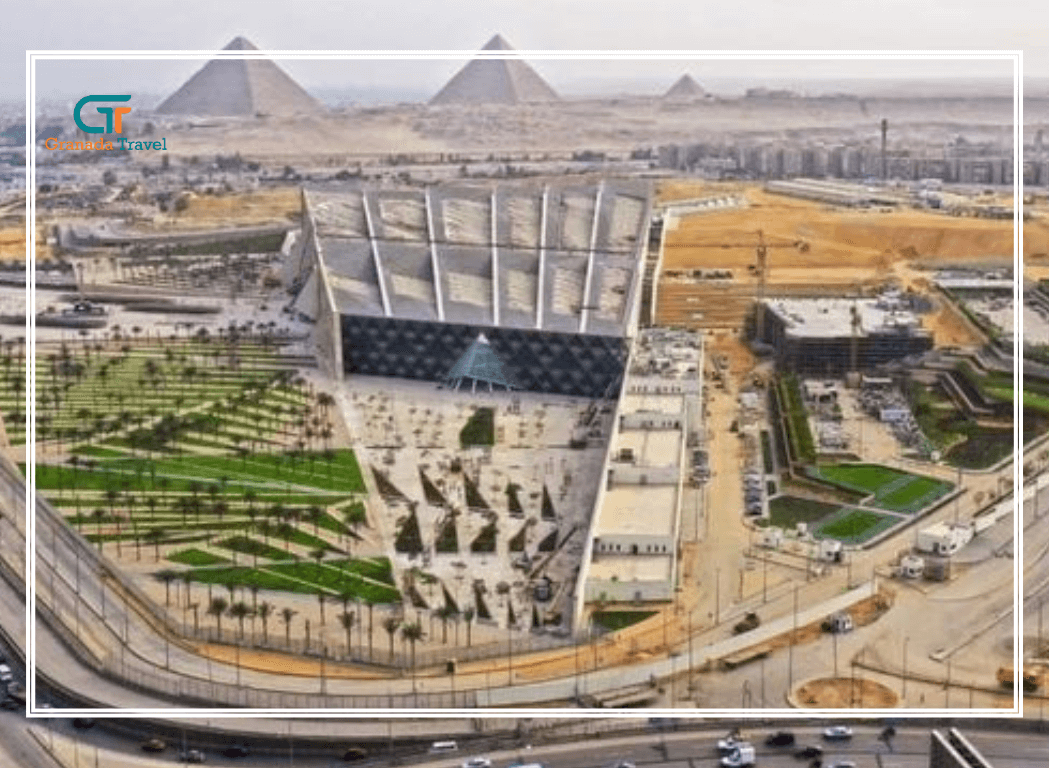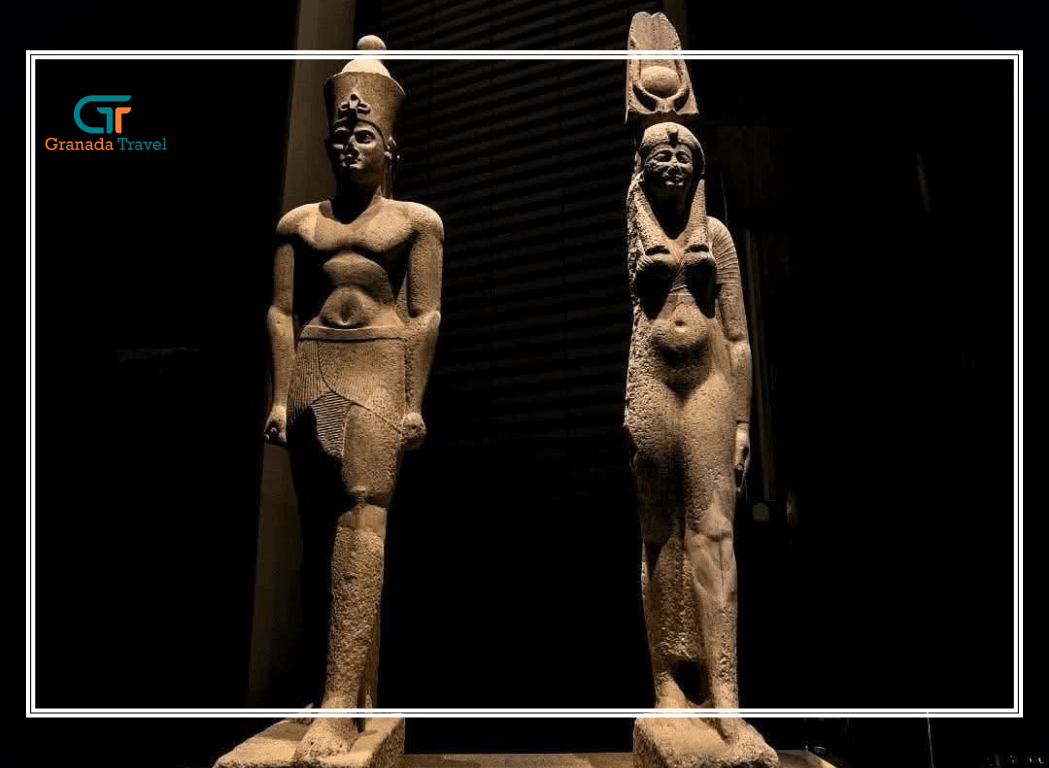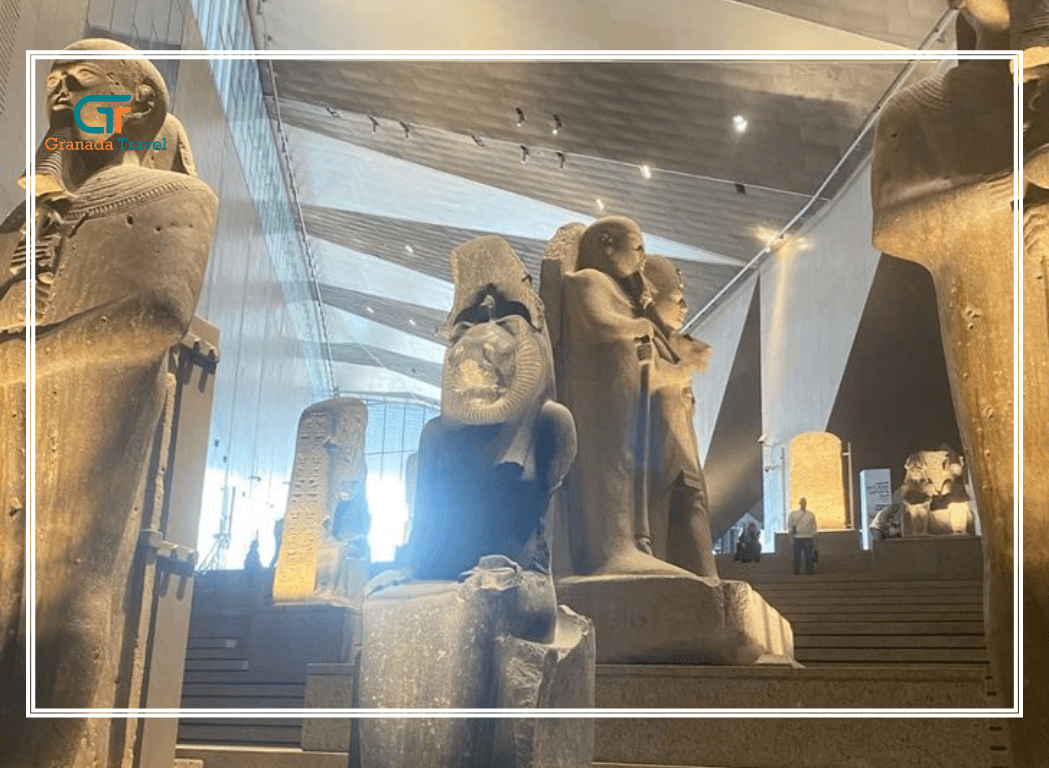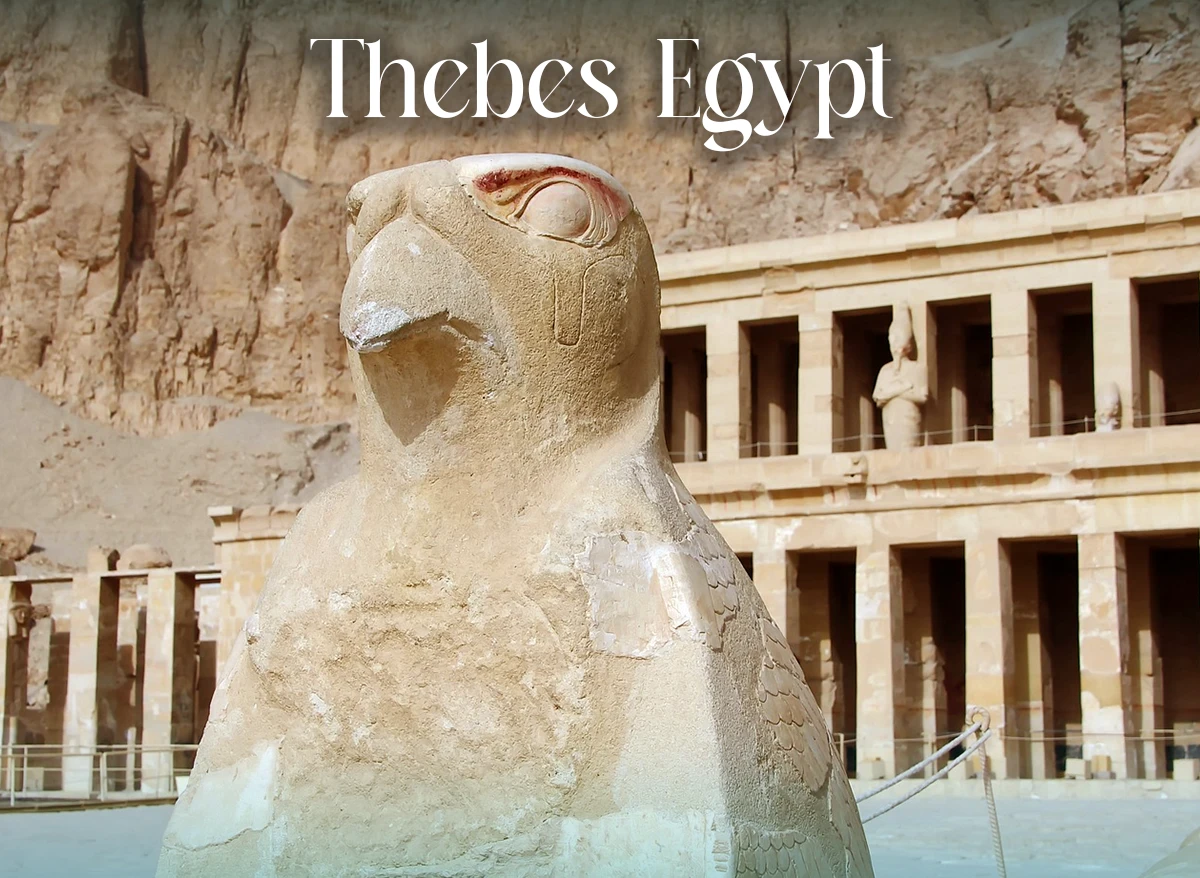
Thebes Egypt: The Beating Heart of a Great Empire
The desert sun beats down on the fertile crescent of the Nile, illuminating a landscape steeped in millennia of history. Here, on the east bank of the mighty river, lies a city whose very name resonates with echoes of pharaohs, gods, and unparalleled glory: Thebes. More than just a modern city, Thebes, Egypt, was once the beating heart of an empire, a spiritual and political powerhouse that shaped the destiny of ancient Egypt for centuries.
Is Thebes in Egypt? An Unmistakable Answer
Let's address the fundamental question: Is Thebes in Egypt? Absolutely, unequivocally, yes. While some confusion might arise due to a city of the same name in Greece, there is no doubt that the legendary ancient capital we are discussing is firmly rooted in the land of the pharaohs. For clarity, when referring to the historical Egyptian city, one often specifies "Thebes, Egypt" to distinguish it from its Greek counterpart. The question "Is Thebes in Greece or Egypt?" highlights a common point of potential misunderstanding, but the two are distinct entities, separated by geography, culture, and thousands of years of independent history. The Thebes in Greece is a significant city in its own right, intertwined with Greek mythology, but it bears no direct relation to the awe-inspiring ruins along the Nile.
Thebes, Egypt Location: The Jewel of Upper Egypt
So, where is Thebes in Egypt? The Thebes, Egypt location is strategically positioned on the east bank of the Nile River, approximately 800 kilometers south of the Mediterranean Sea. Today, this ancient site is encompassed by the modern city of Luxor. This prime location in Upper Egypt (the southern part of the country, geographically upstream on the Nile) was crucial to its rise. Being at a crossroads of trade routes and possessing fertile agricultural lands, Thebes was destined for greatness. If you were to look at an Egypt map Thebes would be clearly marked in the southern region, a testament to its enduring importance. A map of Thebes Egypt today would show Luxor sprawling across the ancient city's footprint, with the Nile dividing its monumental east and west banks.
A Journey Through Time: History of Thebes, Egypt
The history of Thebes, Egypt, spans millennia, from its humble beginnings as a provincial town to its zenith as the capital of the New Kingdom (c. 1550–1070 BC), Egypt's most powerful and prosperous era.
Early evidence suggests settlement in the Theban area dating back to the Predynastic Period, but it was during the First Intermediate Period (c. 2181–2055 BC) that Thebes began to assert its influence. The princes of Thebes, through sheer determination and military prowess, reunited Egypt, ushering in the Middle Kingdom (c. 2055–1650 BC) and establishing Thebes as the capital. Under pharaohs like Mentuhotep II, the city began to flourish, and the local god Amun rose to national prominence.
However, it was the New Kingdom that truly saw ancient Thebes, Egypt transform into an unparalleled metropolis. Following the expulsion of the Hyksos invaders, Thebes became the center of a resurgent Egyptian empire. Pharaohs like Hatshepsut, Thutmose III, Amenhotep III, Akhenaten (briefly), Tutankhamun, Seti I, and Ramesses II invested immense resources into its development, building monumental temples, vast complexes, and elaborate tombs. This was the era of peak Egyptian power, and Thebes was its radiant symbol.
The city's importance began to wane after the New Kingdom, particularly with the rise of the Twenty-first Dynasty which moved the capital to Tanis in the Delta. Despite subsequent periods of revival and continued religious significance, Thebes gradually lost its political supremacy. However, its religious sanctity ensured its preservation, albeit in ruins, through the Greco-Roman period and beyond.
Why Was Thebes Important to Ancient Egypt? The Pillars of Power
The question, "Why was Thebes important to ancient Egypt?" can be answered by examining its multifaceted role:
- Religious Center: Thebes was the cult center of Amun-Re, the "King of the Gods," whose worship reached its zenith during the New Kingdom. The vast Karnak Temple complex, a sprawling testament to Amun's power, was continuously expanded by generations of pharaohs, making it the largest religious structure ever built. The Luxor Temple, connected to Karnak by an avenue of sphinxes, was another crucial site for religious festivals, particularly the Opet Festival. The Temple Amun within Karnak was the most significant part of this divine city.
- Political Capital: For centuries, Thebes served as the administrative and political capital of Egypt, especially during the Middle and New Kingdoms. It was from here that pharaohs ruled their vast empire, enacted laws, and directed military campaigns.
- Economic Hub: Its strategic location on the Nile made Thebes a vital trading hub. Agricultural produce from the fertile Nile Valley, coupled with goods from trade expeditions to Nubia and the Near East, flowed through the city, enriching its coffers and supporting its monumental construction projects.
- Royal Necropolis: On the west bank of the Nile, facing the rising sun, lay the Theban Necropolis, the burial ground for pharaohs, queens, nobles, and commoners. This concentration of elaborate tombs, designed to protect the deceased for eternity, is unparalleled anywhere else in Egypt. The Valley of the Kings Luxor Egypt became the burial place for New Kingdom pharaohs, a hidden landscape of subterranean palaces. Nearby, the Valley of the Queens Luxor Egypt held the tombs of royal consorts and children. The Valley of the Nobles showcased the richly decorated tombs of high officials, offering invaluable insights into daily life and religious beliefs.
The Two Shores of Eternity: East Bank vs. West Bank
Thebes is famously divided by the Nile into two distinct realms, each with its unique purpose, reflecting the ancient Egyptian worldview of life and death, sun and setting:
The East Bank: The City of the Living
This was the vibrant, bustling city where people lived, worked, and worshipped the gods during their lifetimes. Its major attractions include:
- Karnak Temple: As mentioned, this colossal complex is the largest ancient religious site in the world, dedicated primarily to Amun-Re, Mut, and Khonsu. Walking through its hypostyle hall, surrounded by massive columns, is an awe-inspiring experience.
- Luxor Temple: Located closer to the modern city center, Luxor Temple is an elegant complex dedicated to the Theban Triad. It's particularly enchanting at sunset when its illuminated columns cast dramatic shadows.
- Luxor Museum: A world-class museum housing a superb collection of artifacts found in and around Thebes, including many from the temples and tombs.
The West Bank: The City of the Dead (The Theban Necropolis)
The West Bank Luxor Egypt was the realm of the afterlife, where the setting sun symbolized the journey into the underworld. This vast area is home to an incredible concentration of tombs and mortuary temples.
- Valley of the Kings Luxor Egypt: The final resting place of New Kingdom pharaohs, including the famous Tutankhamun. Each tomb is a masterpiece of ancient art, adorned with vibrant paintings depicting the journey through the underworld.
- Valley of the Queens Luxor Egypt: Burial site for queens and royal children, featuring some exquisitely decorated tombs like that of Nefertari.
- Mortuary Temple of Hatshepsut (Deir el-Bahari): Also known simply as Queen Hatshepsut Temple, this stunning terraced temple, carved into the cliffs, is a marvel of ancient Egyptian architecture and a testament to the power of one of Egypt's few female pharaohs.
- Colossi of Memnon Luxor Egypt: Two massive stone statues of Pharaoh Amenhotep III, standing sentinel at the entrance to what was once his magnificent mortuary temple, now largely vanished.
- Medinet Habu (Habu Temple): The massive and well-preserved mortuary temple of Ramesses III, adorned with impressive reliefs depicting his military campaigns and religious festivals.
- Deir el-Medina: The ancient village of the artisans who built the royal tombs, this site offers a unique glimpse into the daily lives of ancient Egyptian workers. Their own tombs, often referred to as tombs of workers, are remarkably well-preserved and provide intimate details of their beliefs and customs.
- Valley of the Nobles: A treasure trove of private tombs belonging to high officials and nobles, offering colourful and detailed scenes of daily life, agricultural practices, banquets, and religious rituals.
Thebes, Egypt Facts: A Glimpse into its Grandeur
Let's summarize some fascinating Thebes, Egypt facts:
- The name "Thebes" is Greek in origin; the ancient Egyptians called their city "Waset."
- It was the capital of Egypt during the Middle Kingdom (11th and 12th Dynasties) and again during much of the New Kingdom (18th to 20th Dynasties).
- The Karnak Temple complex within Thebes is the second largest ancient religious site in the world, after Angkor Wat in Cambodia.
- The Theban Necropolis on the West Bank is one of the most important archaeological sites globally, containing thousands of tombs.
- The city was renowned for its wealth, derived from its strategic location, fertile lands, and the vast tribute flowing in from its empire.
- The cult of Amun Re, centered in Thebes, became the most powerful religious force in ancient Egypt.
- The Theban region contains an estimated 70% of all ancient Egyptian monuments.
Discover the hidden lives of ancient tomb builders at Deir el Medina
Is Thebes in Upper or Lower Egypt? Clarifying Geography
To reiterate, Is Thebes in Upper or Lower Egypt? Thebes is firmly located in Upper Egypt. This distinction is crucial for understanding ancient Egyptian geography and the flow of the Nile. "Upper" Egypt refers to the southern part of the country, upstream on the Nile, closer to its source, while "Lower" Egypt refers to the northern part, closer to the Delta and the Mediterranean Sea. Thebes' location in Upper Egypt was significant for its agricultural bounty and its strategic position for trade routes to the south, particularly with Nubia.
Thebes Greece vs Thebes Egypt: Two Names, Two Worlds
As briefly touched upon, the existence of two cities named Thebes often leads to confusion. Thebes Greece vs Thebes Egypt couldn't be more distinct. The Greek Thebes, located in Boeotia, Greece, is famous in Greek mythology as the birthplace of Hercules and the setting for the tragic Oedipus cycle. Its history is intertwined with Mycenaean civilization and classical Greek city-states. The Egyptian Thebes, on the other hand, is a monumental testament to an entirely different civilization, its history stretching back millennia before the classical Greek era, defined by pharaohs, colossal temples, and a unique polytheistic religion. The shared name is likely a coincidence or a later attribution by Greek visitors who may have seen parallels in their perceived grandeur, but there is no historical or cultural link between the two.
The Enduring Legacy: Thebes Today
Today, as Luxor, Thebes, Egypt continues to captivate visitors from across the globe. While the bustling modern city thrives, the echoes of its glorious past are everywhere. The colossal ruins of Karnak Temple and Luxor Temple stand as silent sentinels on the East Bank, their grandeur still breathtaking. Across the Nile, the West Bank Luxor Egypt beckons with its countless tombs and mortuary temples, including the enigmatic Valley of the Kings Luxor Egypt, the solemn Colossi of Memnon Luxor Egypt, and the elegant Queen Hatshepsut Temple.
For those seeking to explore beyond the immediate vicinity, ancient wonders like Abydos Temple and Dendera Temple Complex are accessible day trips, further enriching the understanding of ancient Egyptian religious practices.
A visit to Thebes in ancient Egypt (or modern Luxor) is more than just a trip; it is a pilgrimage to the heart of a civilization that continues to inspire awe and wonder. The grandeur of its monuments, the richness of its history, and the profound spiritual legacy enshrined within its stones make Thebes an unforgettable destination, a place where the past truly comes alive.

